We could identify in two basic elements the fulcrums around which revolves the poetics of Joanna Piotrowska (Warsaw, 1985), a Polish photographer only thirty-five years old, but already strong with an important international experience, which has led her to exhibit in several of the most prestigious world contexts. These two elements are the human body and the home (or, more generally, the environments that humans build for living). Joanna Piotrowska investigates family relationships in order to connect them to broader situations (the political, economic, social and cultural structures that govern our living): everything, however, starts from the domestic space, the center of her research, the beginning from which her delicate and, at the same time, disturbing exploration begins. Because home is not necessarily a safe space: as we know, the domestic environment is often the scene of strong tensions, furious struggles, anxiety, violence.
Joanna Piotrowska became known to the world with her Frowst series, consisting of ambiguous family portraits that run on the thin thread that, in families, divides happiness from confrontation. They are images that appear perfect, seeming like snapshots of happy moments, but a thread of larval, creeping disquiet always runs through them. “I tried,” Piotrowska wrote about this series, “to observe what happens to a family when its members are together, and I tried to be sensitive to details, which I then exaggerated in some shots. I believe that many situations in life have a double meaning, and I think the same happens with family life. I focused on gestures, which can be interpreted ambivalently, and ambivalence is known to be psychologically uncomfortable. When you’re not sure what you’re looking at, for example when you feel that there may be something unpleasant, violent or incestuous but you can’t quite figure out what it is, you feel confused.” For Joanna Piotrowska, family is not that positively valued structure that many societies ascribe to it: family life can also be a source of pain.
This constant tension emerges from all of Frowst ’s shots. For example, in issue XXXI, an example of which was purchased by MoMA New York, we see a couple, sitting on a bed, a man and a woman looking at each other. However, we do not see their gazes: the man’s back is turned, and with his head he covers the woman’s face. Therefore, we have no idea what is going on; we cannot know whether the conversation is happy and relaxed or whether something serious is about to unfold. We get the same uncomfortable feeling when looking at shot XV, with a woman who is putting her hands around a girl’s neck and we do not understand what she is doing.
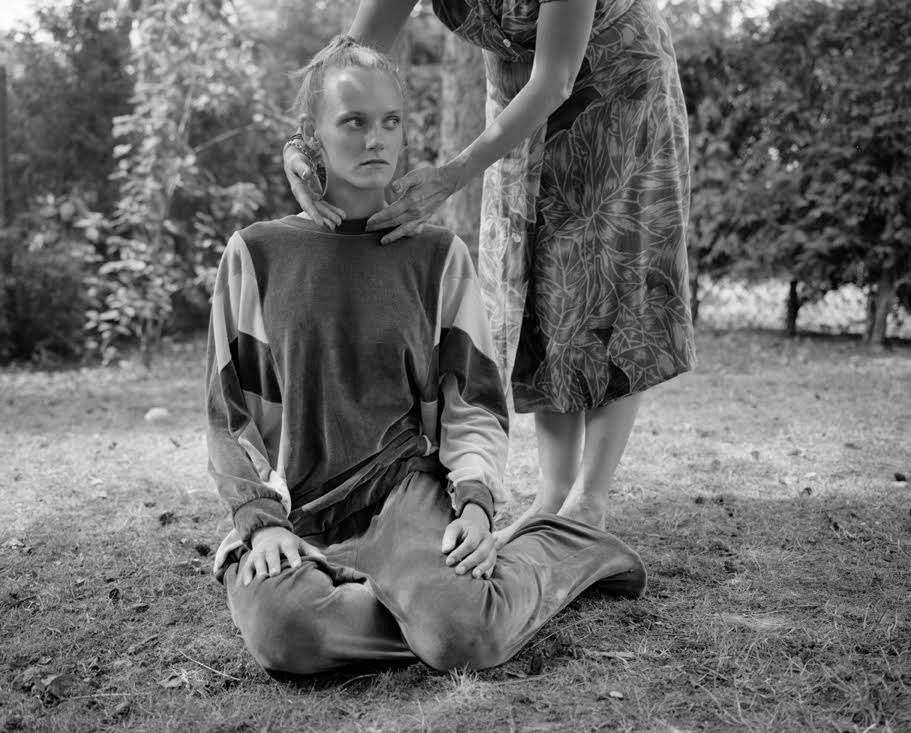 |
| Joanna Piotrowska, Frowst XV (2013-2014; silver gelatin print, 129.1 x 159.1 cm; New York, MoMA) |
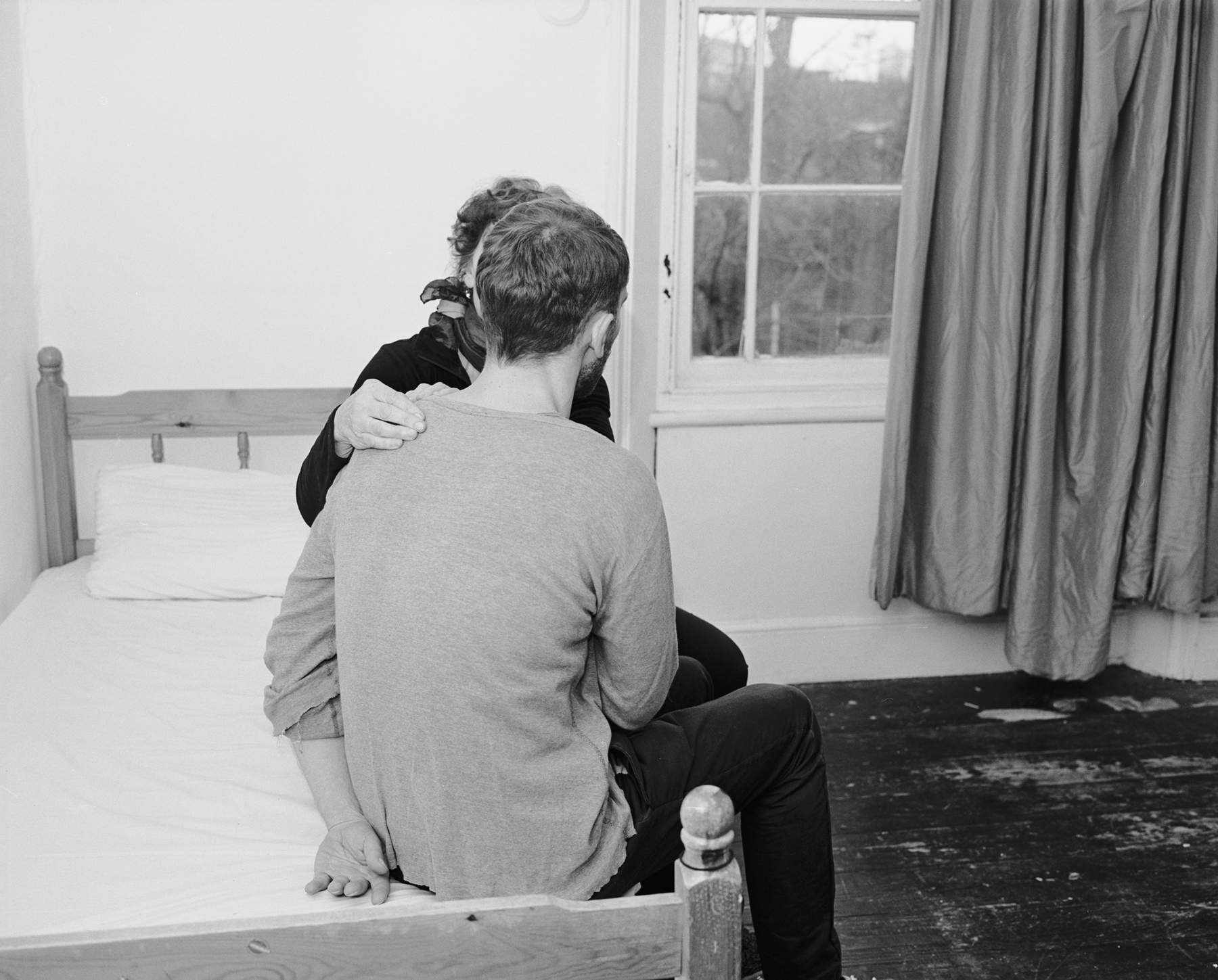 |
| Joanna Piotrowska, Frowst XXXI (2013-2014; gelatin silver print, 129.1 x 159.1 cm; Arts Council Collection) |
 |
| Joanna Piotrowska, Untitled (2015; gelatin silver print, 27.2 x 21.6 cm) |
The Polish artist, who lives and works in London, studied at the Royal College of Art in the English capital, and here in the spring of 2019 she held one of her most important exhibitions: at the Tate Britain she presented All our false devices, an installation of black-and-white photographs (representing the photographer’s typical language), taken between 2016 and 2017 of people in four different cities (Lisbon, Rio de Janeiro, Warsaw and London) who were asked to create a shelter in their homes, a bit like people did as children, by placing a cloth between two chairs. A work that, in Italy, was presented at the 2017 edition of Artissima, amid critical acclaim, to her who, precisely at the Turin fair, in 2016 had won the Reda Prize, destined for the best photographer under 35: “Joanna Piotrowska’s work,” the jury’s motivation read, “stands in the tradition of photography (her prints are analog, her shots faithful to what is seen in the final works) offering an unprecedented combination of representation of reality and staging. In each case, the main subject of his images is invisible, residing in the tension that forms between the various individuals and elements within his shots. Reality and fiction, visible and invisible: Piotrowska’s research proceeds by opposition, always questioning all certainty, shunning the comfort of any level of security, leaving the viewer (like the subjects) in a state of constant suspension. Even science (anthropology, psychology, physiology...), which is among the privileged tools of its production process, provides no relief.”
That’s a bit what happens in the shelter series as well (which initially had no title, then in 2017 was published in a volume called Frantic): the idea is that homes are often anything but welcoming, and the family balance is anything but fragile (the makeshift shelter recalls not only children’s games, but also the dimension of the homeless, or that of those who must flee violence, so much so that the expressions of the subjects depicted are often anything but joyful). And the four cities on three continents were chosen precisely according to the fact that in each of being there is a different perception of personal safety. But not only that: the shelter becomes a kind of projection of the individual, since the way it is made can be interpreted as evidence of the person’s character.
 |
| Joanna Piotrowska, Untitled, from the shelter series (2017; silver gelatin print, 120 x 95 cm) |
 |
| Joanna Piotrowska, Untitled, from the Refuges series (2017; silver gelatin print, 120 x 95 cm) |
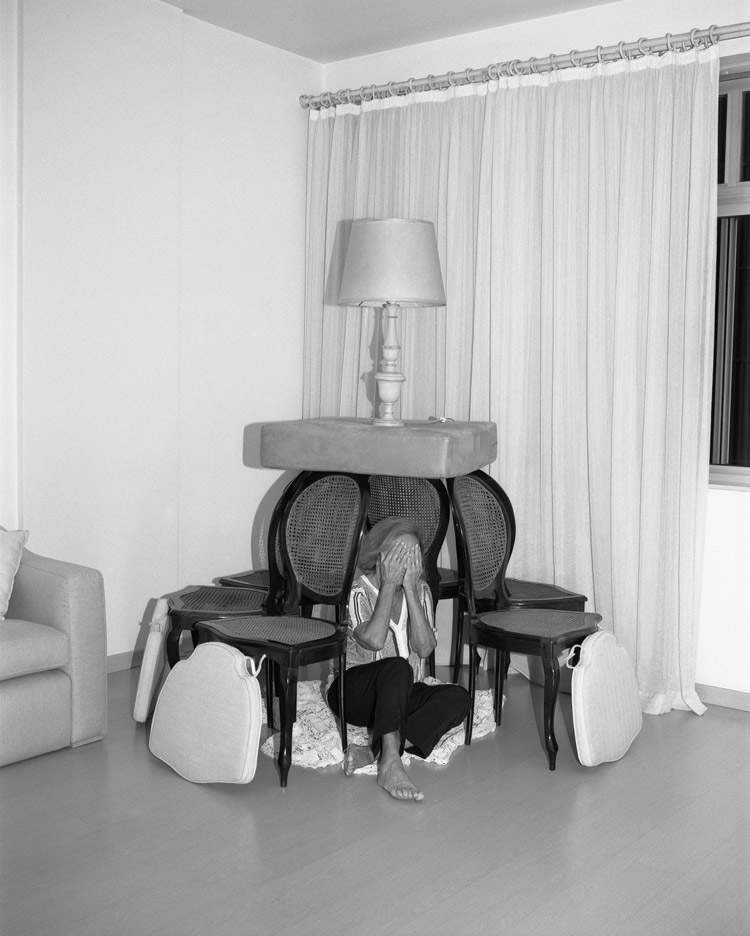 |
| Joanna Piotrowska, Untitled, from the Refuges series (2017; silver gelatin print, 120 x 95 cm) |
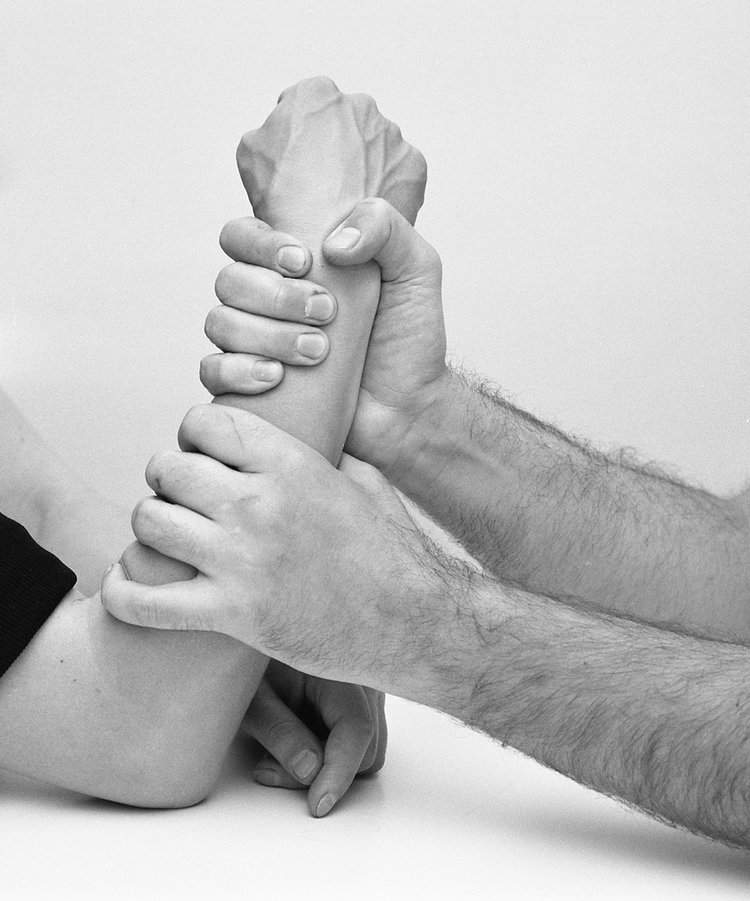 |
| Joanna Piotrowska, Untitled, from the s.w.a.r.l. series (2015) |
But the theme of domestic violence also emerges forcefully from another series, s.w.a.l.k., where we see only arms and hands: male hands clasping female hands, or blocking arms, or even meeting and intertwining, again without us really knowing what is happening and whether the gesture we are witnessing represents violence, comfort, competition, play, or something else. A work on the body rooted in performance art that highlights the contradictions of human beings, their values and structures, with photographs that capture precisely by virtue of their ability to make the viewer uncomfortable.
Joanna Piotrowska’s latest research has taken to exploring other themes but always related to the main strands of her work (for example, the Enclosure series of 2018-2019 depicts empty animal cages at the zoo: the identification between cage and home is quite evident), and always with black-and-white photography as her preferred mode of expression. Her works have been exhibited in several prestigious contexts (for example, at the Coimbra Biennial in Portugal, at the Tate and Kunsthalle in Bern in 2019, at the Prada Foundation in 2016, at the Hayward Gallery in London in 2014, just to name a few and without naming fairs), and are already in important collections: for example, that of MoMA in New York and that of Tate Britain. An artist with sure potential, who manages to displace the public with her photos, and who will surely still have something to surprise.
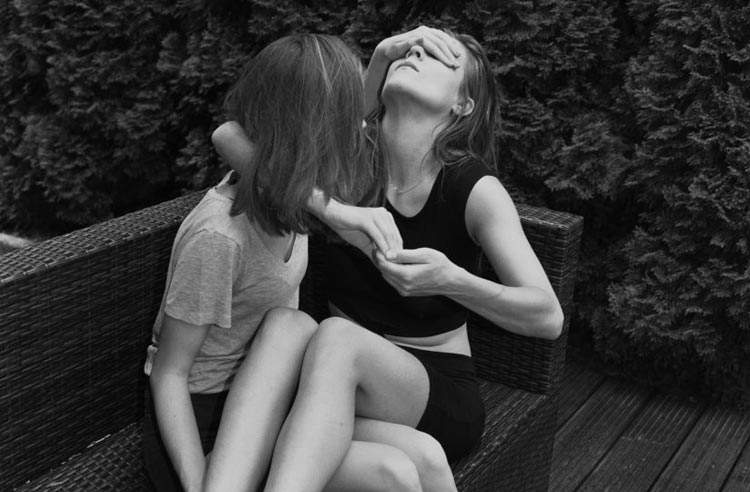 |
| Joanna Piotrowska: when home and intimacy are synonymous with confrontation and tension |
Warning: the translation into English of the original Italian article was created using automatic tools. We undertake to review all articles, but we do not guarantee the total absence of inaccuracies in the translation due to the program. You can find the original by clicking on the ITA button. If you find any mistake,please contact us.